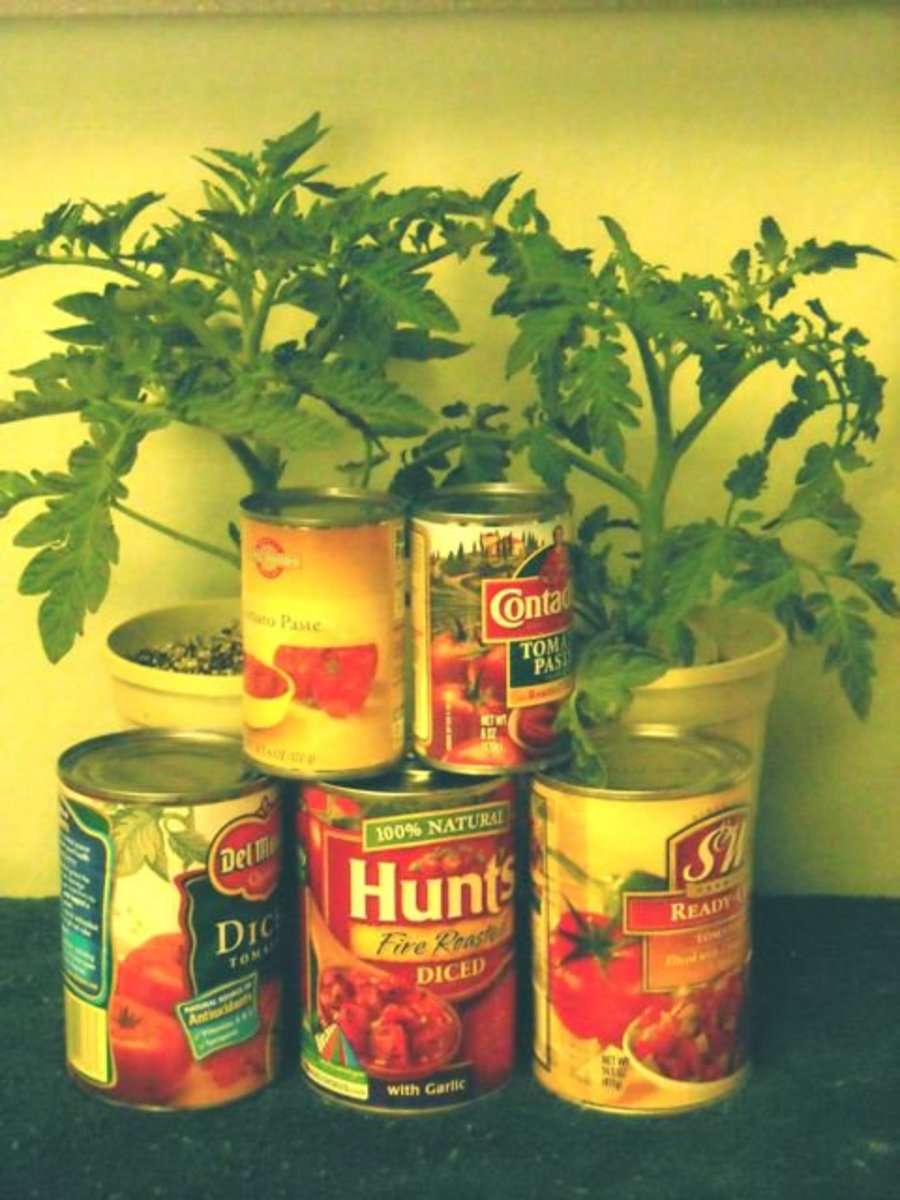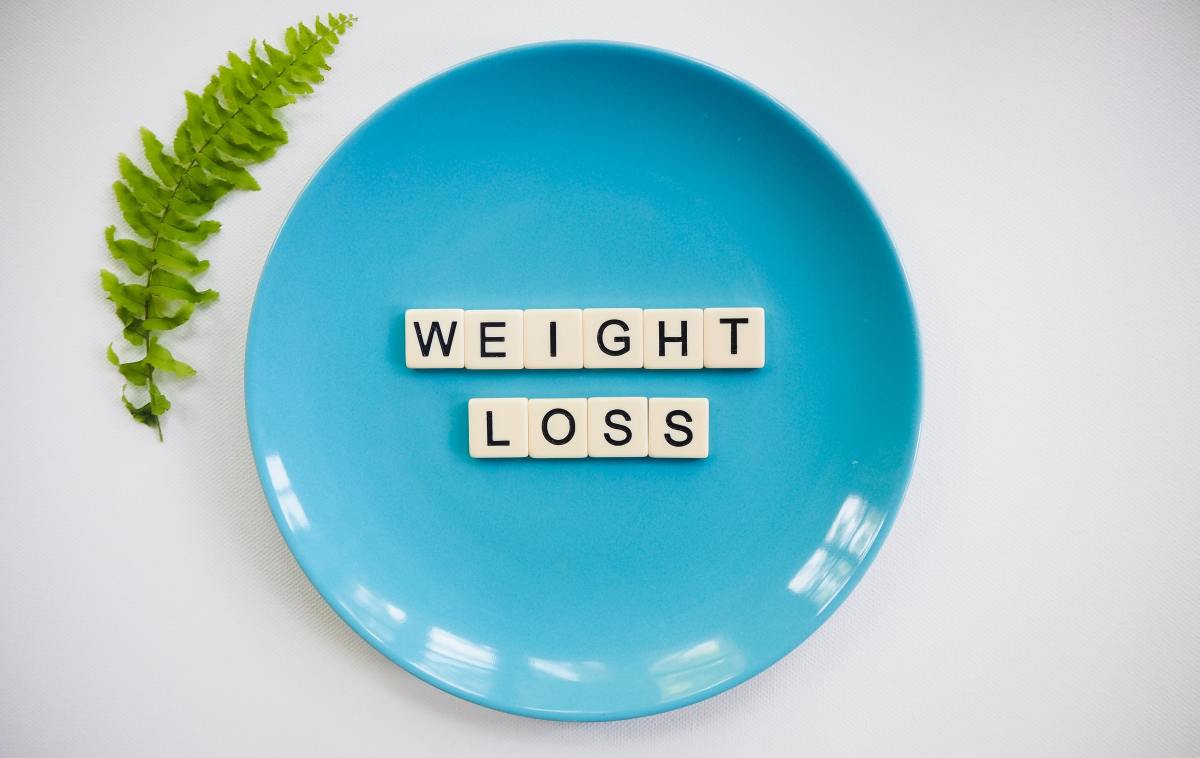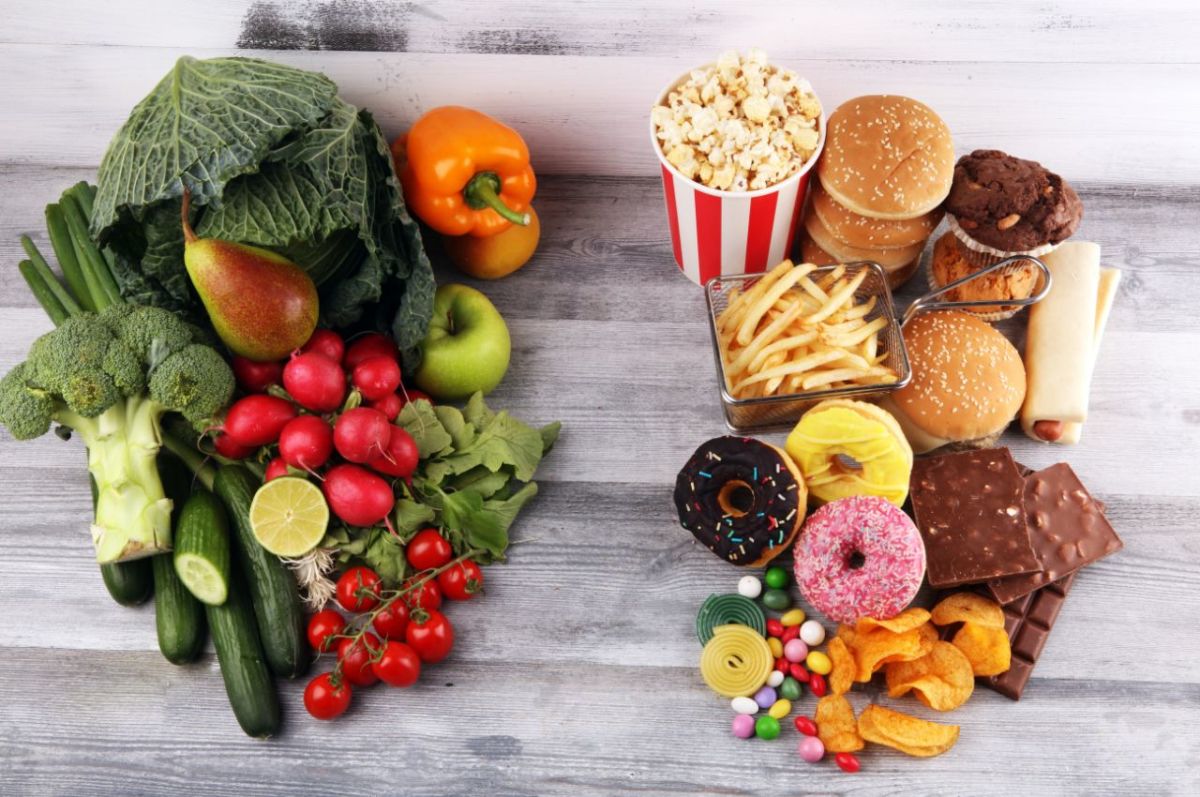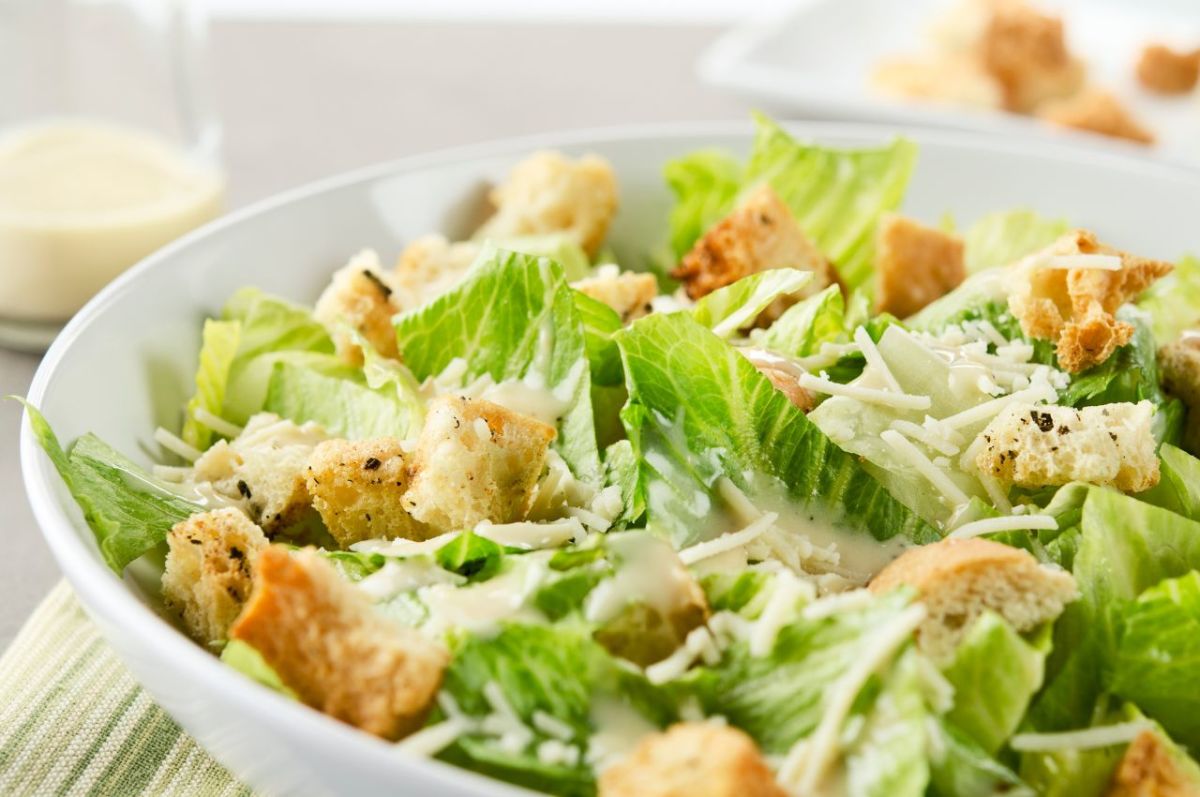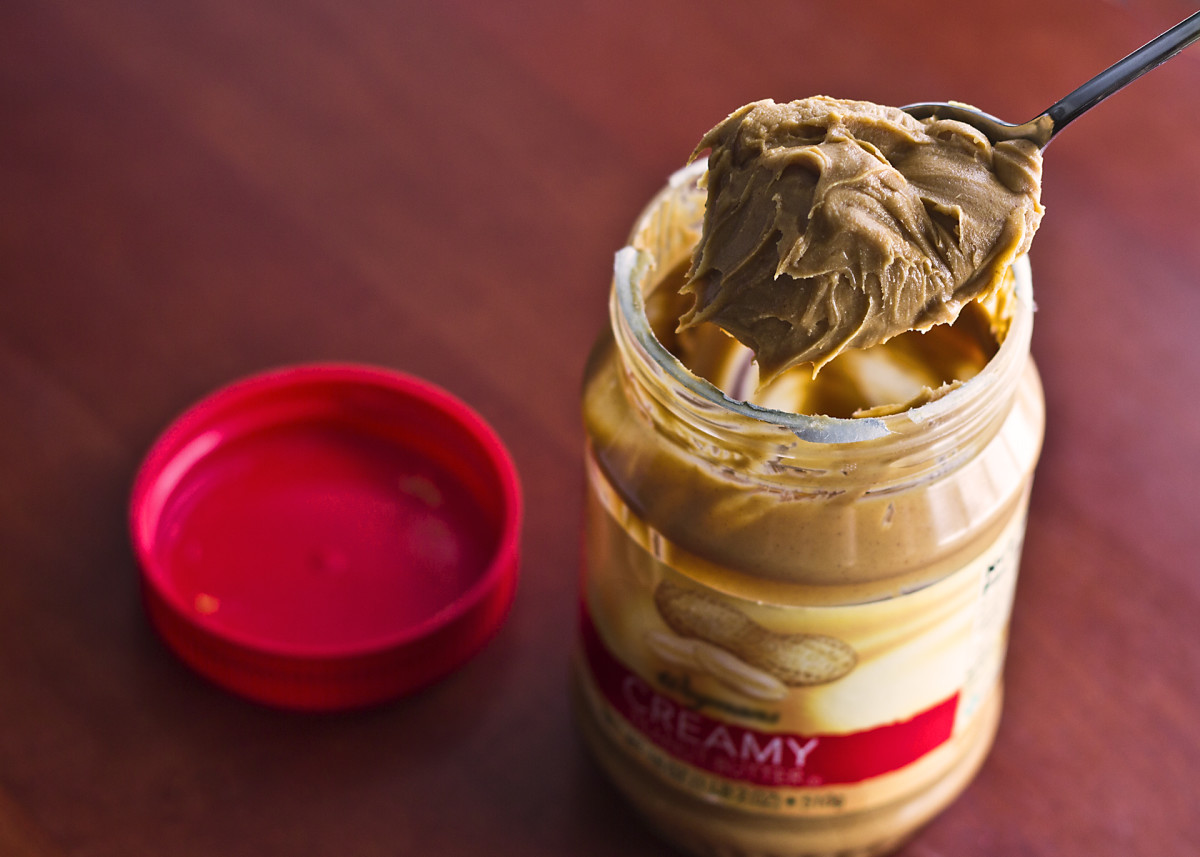Low Sodium Food Shopping
The Lowdown on Sodium
"The average American consumes way too much salt." We hear it all the time, and we ignore it or assume it doesn't apply to us personally. We exercise, we're not overweight and we "eat right", so what's the problem?
The problem is that the American Heart Association estimates the average American consumes more than 3,400 mg of sodium daily. The AHA recommends that people reduce the sodium in their diets to 1,500 mg or less per day to reduce the risk of developing high blood pressure, meaning we need to cut our salt intake by more than half. Really? We're getting more than twice the salt we should? Not to mention there are other medical conditions that can be improved by lowering sodium intake. Heart disease, liver disease, and Meniere's disease are just a few. I am opening a Pandora's box here - stay tuned for related hubs - but for now I'm going to stay on topic and get my readers some information about shopping for lower sodium foods.
I sincerely hope this helps you jump-start your sodium reduction plan. No recipes (yet), just suggestions for grocery shopping and quick foods. Not all of us enjoy cooking, and fewer of us have time, so educate yourselves and you'll be more likely to stick with the plan.
Beware of Processed Foods!
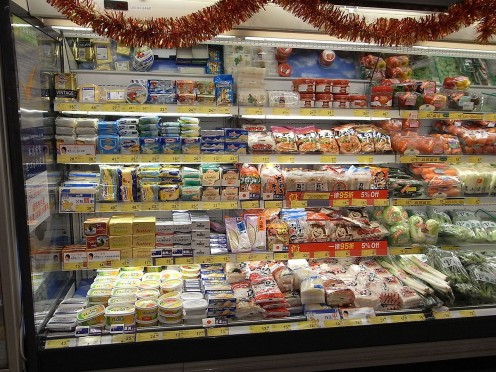
Processed Foods Are Everywhere
If you've never heard about processed foods being bad, you're living in a Hobbit-hole somewhere. So what exactly is a processed food? Basically it's any food that has been altered from its natural state, either for safety reasons or convenience. Canned and frozen foods, sandwich meats and cheeses, chips and crackers, dried fruit...and the list goes on. Most of these foods are packing ridiculous amounts of sodium.
Other processed foods that may high in sodium:
• Breads and pastas made with refined white flour instead of whole grains
• Packaged cakes and cookies
• Boxed meal mixes
• Some breakfast cereals
Yes, even sweet-tasting foods can be high in sodium!
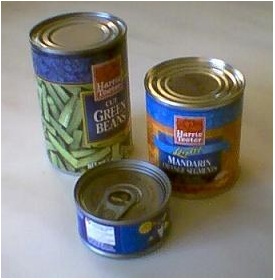
Read the Nutrition Labels
Seriously. Some breakfast cereals have 0mg sodium per serving (shredded wheat) and some have 350mg (raisin bran). Much of the information they provide can go against our assumptions, so read them. When you've found the products that work for you, write down the specific brand(s) so you don't have to read labels every time. I keep a Low Sodium shopping list - it takes time in the beginning but saves a huge amount of time over the long run. I've provided a chart to get you going:
Food Categories and Sodium Content
Category
| LOWER Sodium
| HIGHER Sodium
|
|---|---|---|
Beverages
| Water, Tea, Soft Drinks
| Tomato Juice (> 340mg)
|
Cereals
| Shredded Wheat (<10mg)
| Raisin Bran (>300mg)
|
Condiments
| Jam or jelly, Fruit Butter (<10mg per tbsp)
| Mayonnaise, Relish, Catsup (all >100mg Per tbsp)
|
Breads/Wraps
| Oat Bran Bread (100mg per slice)
| Egg bagel (530mg ea.)
|
Dairy/Cheese
| Ricotta Cheese, 1/2 cup (104mg)
| Cottage cheese, 4 oz (430mg)
|
Fruit
| Most fruits have <10mg
| Avocado, 1 medium (20mg)
|
Meats
| Chicken, white meat, roasted, non-processed (43mg)
| Canadian Bacon, 3 oz. (1,197mg)
|
Soup
| ---
| ALL canned soups are high in sodium, even the "lower sodium" versions
|
Parting Words
"As adults, after years of eating overly salted foods, we have to make a committed effort to changing our palates. Experts say on average it takes 8 to 12 weeks." - WebMD
Now, hang in there and get started on that shopping list. You aren't going to get to that 1500 mg per day all at once, but you ARE going to consume less salt, starting today. I'll be back soon with cook-ahead snack recipes that keep in the fridge for up to a week.

